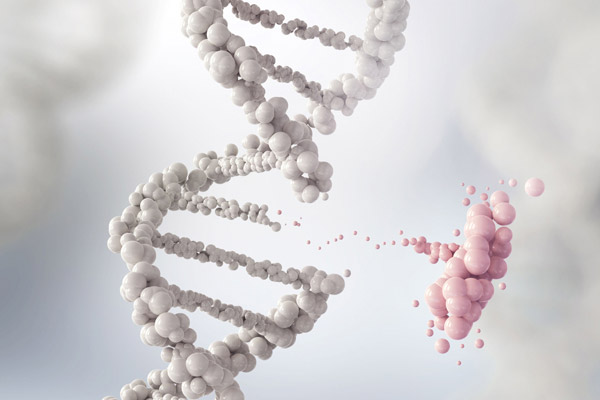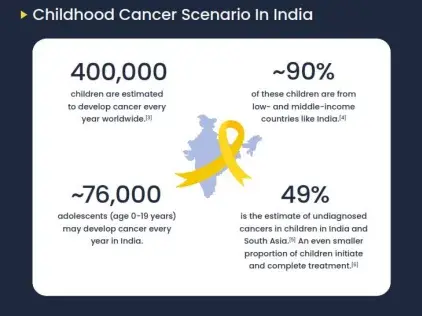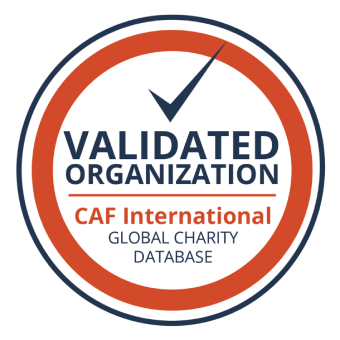Cuddles Foundation recently released the first organised assessment conducted in India on the impact of good nutrition on children with cancer titled, “Childhood Cancer in India”.
One of the known primary challenges for the lower cure rate was that approximately 40% of child cancer patients in India are malnourished at the time of diagnosis. About 50,000 children, between 0 to 19 years, are diagnosed with cancer every year in India. Specifically, according to research, in lower to middle-income countries (LMICs) like India, 80% of children abandon treatment due to financial constraints, alternative medicine, or the false belief that cancer is incurable.
Elaborating on the findings Purnota Dutta Bahl, Founder, CEO & Trustee, Cuddles Foundation, said, “The 5-year net survival rate for childhood cancers in India is approximately 30-40%. Research shows that the survival rates can go up to 70% or more if treatment for childhood cancer is multidisciplinary and includes proper nutrition at the right time. The severity of malnutrition at the time of cancer diagnosis puts children at a greater risk of infection, side effects, complications and treatment delays. At Cuddles, together with our partners and donors, we work to nourish these children fighting cancer, giving them a chance at survival and a healthy childhood. However, given the statistics, there is a clear need for greater awareness, and compassion and commitment from more people towards the cause.”
Cuddles’ on-ground experience validates that with the support of nutrition counselling and nutrition aid, 80% of patients improved or maintained their nutritional status despite cancer therapy. Additionally, 94% of patients counselled returned for a second visit or continued treatment.
The report has been published with insights drawn from the FoodHeals App, a tech platform developed by Cuddles that automates clinical nutritional functions.
Last year, Cuddles Foundation engaged with over 6000 patients, undertaking more than 1 lakh counselling sessions. 28% of children sought treatment for Acute Lymphoblastic Leukaemia (ALL) and 11% for Precursor B Lymphoblastic Leukaemia (Pre-B ALL).
Link for the Original article here
Published by: Express Healthcare
on September 3, 2021





